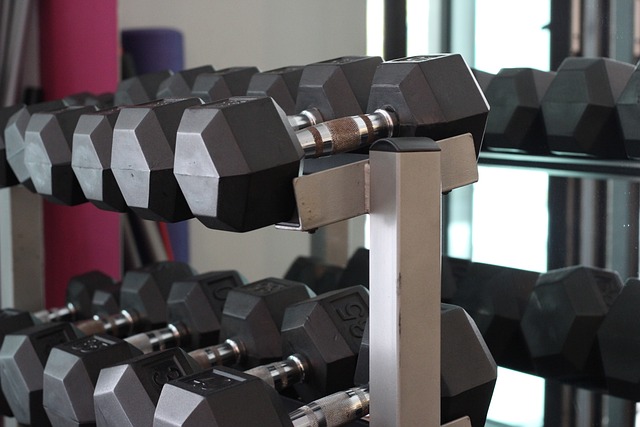 Most of us know that walking, the oldest and most common mode of transportation, is also one of the best forms of exercise. But most of us take walking for granted despite this knowledge. For people like me whose work involves sitting at least eight hours each day in front of the computer, it is important to grab every chance to take a walk. Walking, which helps in lowering bad cholesterol levels, helps ward off illnesses like heart disease and hypertension. I get to walk a few thousand steps every morning because I happen to live just a few blocks away from the office where I work. The more I do my morning walks the more I feel its importance to me because I feel how it keeps me fit physically and mentally. Aside from the increased energy level it gives me the whole day, there is something in my morning walks that relaxes my mind and brings it a breath of fresh air that prepares me for the mental exertion I need in my work.
Most of us know that walking, the oldest and most common mode of transportation, is also one of the best forms of exercise. But most of us take walking for granted despite this knowledge. For people like me whose work involves sitting at least eight hours each day in front of the computer, it is important to grab every chance to take a walk. Walking, which helps in lowering bad cholesterol levels, helps ward off illnesses like heart disease and hypertension. I get to walk a few thousand steps every morning because I happen to live just a few blocks away from the office where I work. The more I do my morning walks the more I feel its importance to me because I feel how it keeps me fit physically and mentally. Aside from the increased energy level it gives me the whole day, there is something in my morning walks that relaxes my mind and brings it a breath of fresh air that prepares me for the mental exertion I need in my work.
Unlike most exercise programs that take a lot of time to follow, walking easily could fit into your everyday schedule. If you ride a bus to work every morning, you can get off the bus a few blocks away from the stop
and walk the rest of the way to the office. If you drive to the office, you can park you car several blocks away. If you are not used to walking, you can start with short daily walks that take just a few minutes. You can increase the length of time you spend in walking gradually. Taking a few thousand steps a day will make you more fit and reduce your risk of chronic illnesses. Experts say that the ideal number of steps to make every day is between 5,000 and 10,000. If you are not used to the idea of walking to work, this could sound too much at first glance.
If you want to start a healthier lifestyle, you can start it with a walk to work.










